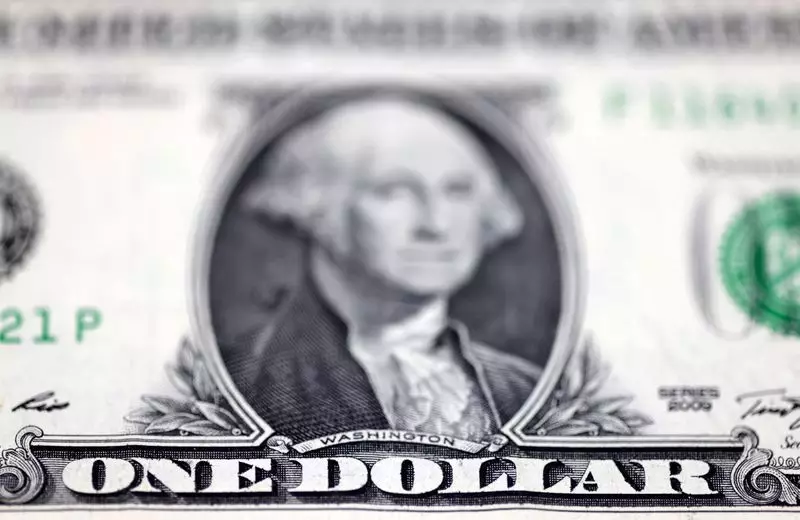The exchange rate of the U.S. dollar has recently exhibited notable strength, primarily influenced by the economic policies anticipated from the incoming administration of President-elect Donald Trump. Investors are increasingly focused on the potential ripple effects of Trump’s proposals on monetary policy, particularly concerning interest rates set by the Federal Reserve. This article examines the current state of the U.S. dollar within the broader context of global economic dynamics, considering factors such as inflation expectations, geopolitical events, and central bank guidance.
After experiencing a temporary stall, the dollar has resumed its upward trajectory, buoyed by projections that Trump’s economic policies could lead to inflationary pressures. Following the U.S. presidential election on November 5, market participants speculate that these policies may result in a deceleration of future interest rate cuts by the Federal Reserve. Since the election, the dollar has appreciated more than 2%, tracking closely to a peak of 107.07 on the dollar index. Traders are keenly analyzing the intertwined impacts of Trump’s campaign pledges, particularly regarding tariffs aimed at Europe and China, which may affect trade relations globally.
Market sentiment regarding the possible Federal Reserve interest rate cuts has fluctuated significantly. The likelihood of a rate cut in the upcoming December meeting now stands at approximately 54%, a stark decrease from the earlier 82.5%. Analysts, such as City Index’s Matt Simpson, point out that current market conditions make shorting the dollar a challenging proposition. The uncertainty surrounding the Federal Reserve’s decisions, amid varying perspectives from its governors on inflation trends, adds complexity to the forecasting landscape.
Compounding market volatility is the ongoing Russia-Ukraine conflict. The latest developments, including Ukraine’s use of Western-supplied missiles against Russian targets, have intensified geopolitical tensions and further impacted the euro. The euro recently hovered around $1.054725 after struggling against the dollar and nearing its lowest points since October 2023. Analysts suggest that the euro’s weakness, coupled with concerns over potential trade tariffs stemming from U.S. policies, continues to reinforce bullish sentiment for the dollar. Given that the euro constitutes a significant portion of the dollar index, its struggles further exemplify the greenback’s resilience.
Central bank policies are also under scrutiny, particularly the response from Bank of Japan Governor Kazuo Ueda. As the Japanese yen grapples with a declining value close to 38-year lows, Ueda’s comments regarding potential interest rate hikes have garnered attention. The market’s expectations surrounding any decisive rate hike decisions in Japan could shape the trajectory of the yen, especially in the context of contrasting American monetary policy.
In the United Kingdom, inflationary trends are similarly influencing market calibrations. Recent data revealed that U.K. inflation exceeded expectations, rising above the Bank of England’s 2% target. This presents a complex scenario for the Bank of England as it navigates interest rate adjustments amid hesitant economic growth. The implications of global inflationary pressures on currency values require astute observation, as central banks worldwide may be compelled to react to emerging price pressures while balancing growth mandates.
Within the cryptocurrency sphere, Bitcoin has surged markedly, with traders speculating that the incoming administration could foster a more accommodating regulatory environment for digital currencies. This enthusiasm among investors showcases the broader impacts of political changes, where new policies could alter investment landscapes in various asset classes, including cryptocurrencies.
The U.S. dollar’s performance is intricately linked to anticipated macroeconomic policies, global geopolitical dynamics, and central bank strategies. As investors navigate evolving market conditions, the interplay between political decisions and financial strategies will determine the trajectories of currencies and other assets in the coming months. The stakes are high, and the fluidity of the current economic landscape necessitates constant vigilance and flexibility among market participants.


Leave a Reply